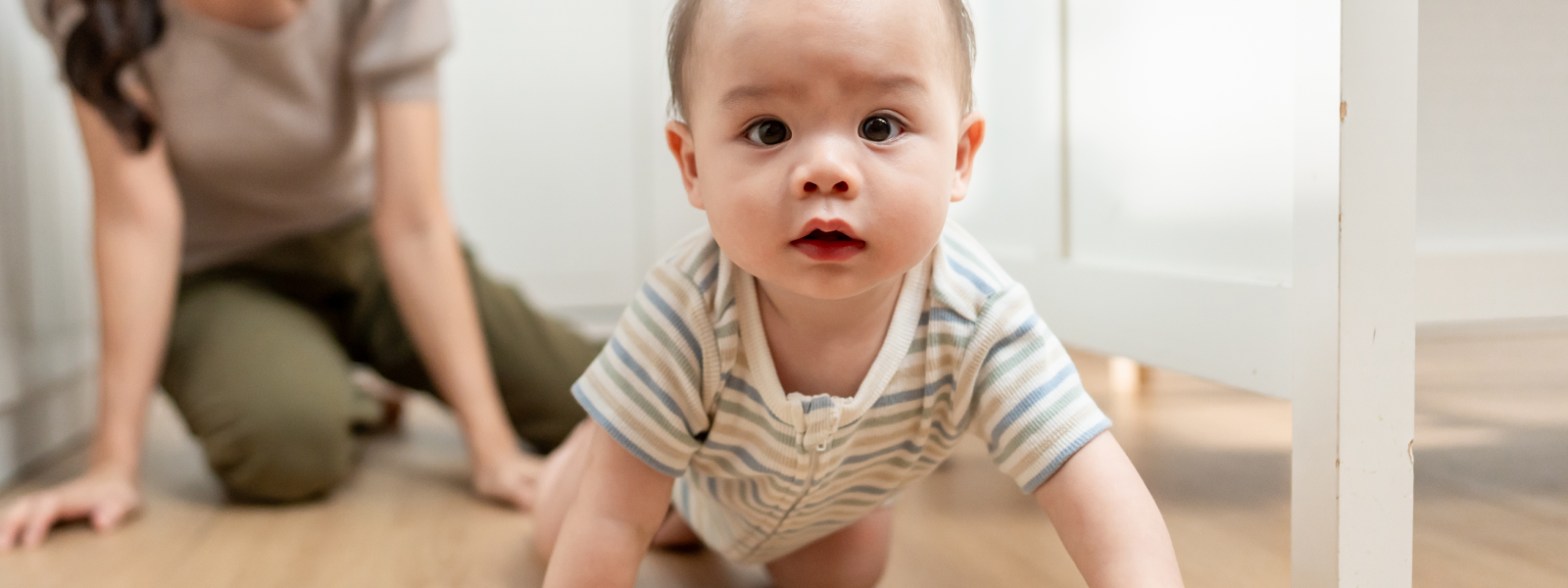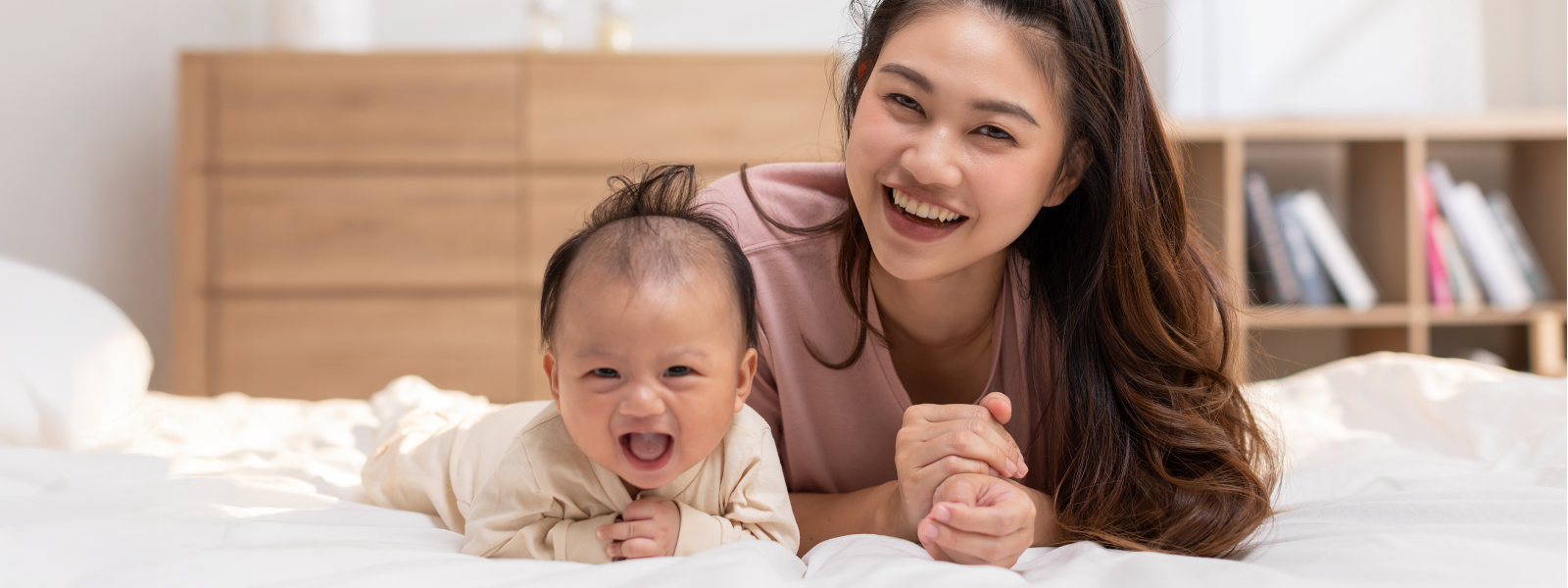Articles
Articles

Articles
The Remarkable Benefits of Breast Milk

Articles
The Benefits of Probiotics for Your Baby

Articles
Breastfeeding Support: Tips for a Successful Journey

Articles
Baby Fussiness 101: Causes and Solutions

Articles
Building a Healthy Gut Microbiota in Babies

Articles
Understanding HMOs and Their Role in Infant Nutrition

Articles
Nurturing Healthy Eating Habits in Toddlers

Articles
Activity Time for Baby: A Guide

Articles
A Guide to Introducing Finger Foods

Articles
Your Busy Little Explorer is on the Move!

Articles
Watch Your Baby Move, Grow, and Explore

Articles
Newborn to Toddler: Helping Your Baby Sleep

Articles
Tips for a Happy, Healthy Baby Tummy

Articles
Milestone Moments in Baby’s First Three Months

Articles
How to Rest and Recharge With a New Baby

Articles
Introducing Solids: When and Where to Start

Articles
Taking Care: Nutrition Tips for Expecting and New Moms

Articles
Your Birth Team for Your Big Day

Articles
How Comfort Proteins® Support Your Baby’s Happy Tummy


